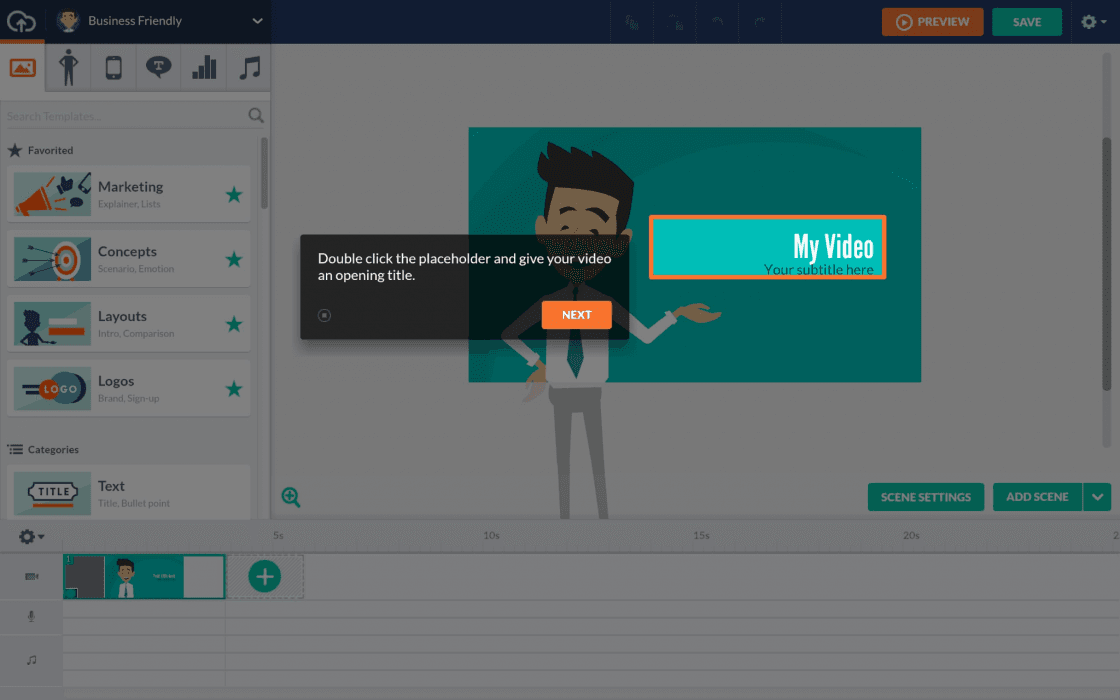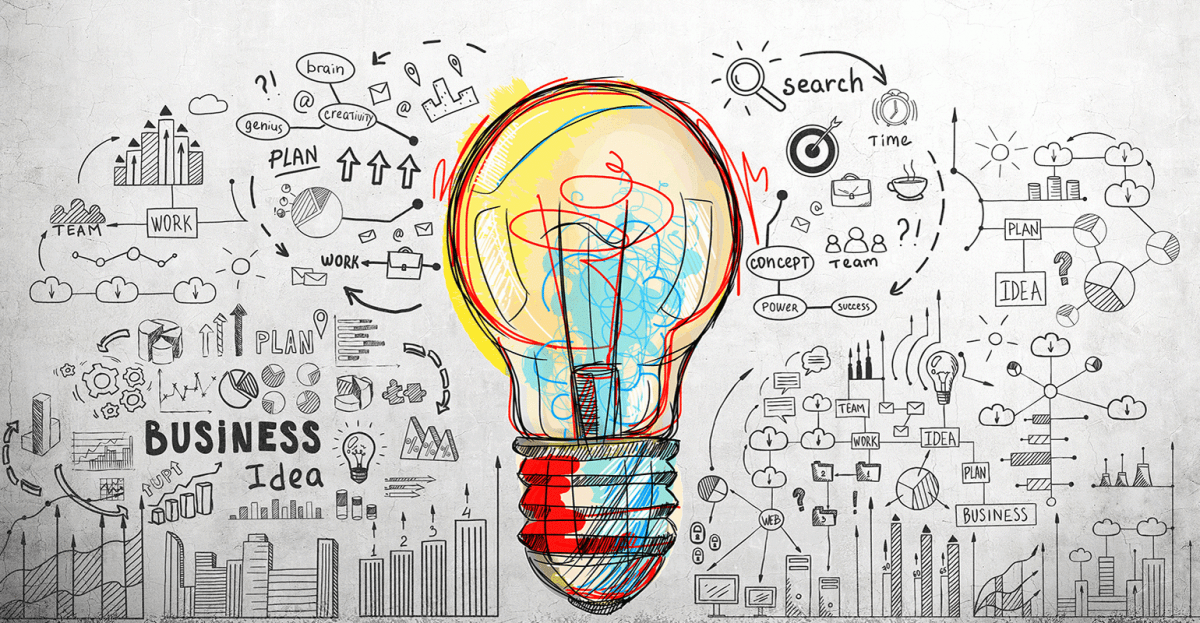A productive online onboarding experience reassures your clients that they have taken the right call. Further, it enables you to retain them in the long run. Consumers churn for two main reasons — they don't have an understanding of your product and they don't get any benefit from it. Each of these concerns can be resolved through digital client onboarding. There's no doubt that you've produced an excellent product for your target audience. Customers only need some assistance getting started.
The good news is, your consumers already appreciate you and believe in your goods or services, which is why they purchased it. It is your responsibility to keep the status quo. You can accomplish this by ensuring that their experience with your item is as decent as your buying process and that the commitments delivered during your marketing initiatives are met. Finally, you would like to create a unified consumer experience from the starting point of contact all the way through your post-purchase phase.
8 Strategies to ensure a seamless online onboarding process for your new customers
Your mission is to encourage and empower your consumers by giving them all of the information they need. This implies your digital process will need unique attributes to guide clients from setup to the first purchase. In this article, we will give you all you need to remember about online client onboarding and demonstrate how to incorporate it into your customer care routine.
1. Automate your welcome email series

To begin with, you must integrate email into your customer induction program — although you believe emails are an antiquated mode of communication. Second, digitize your email campaigns. It's not only about creating a more seamless customer experience. It is also about keeping things simple for you! One of the finest ways to help in smoothly onboarding your clients is to automate your email series. When you use automation tools, you have more time and resources to devote to being imaginative and resolving issues. Don't be concerned about losing your brand's human touch by digitizing your emails. Even when you employ automation, you still can retain an approachable brand. Remember: You do not really need to be a large corporation to benefit from automated onboarding. If you're just beginning, you can start by putting structures in place, which will enable you to scale-up right away.
2. Use A/B testing
As you start to assemble the elements of your onboarding program, you may become swamped with alternatives. Should you give a product visit or enable an user to explore your app on their own? How lengthy must your support blog posts be? What should be the number of emails in your welcome email series and how far apart should they be forwarded? A/B testing is really an efficient method to make such difficult decisions confidently. A/B testing compares the performance of two choices with users. You will be capable of moving forward with confidence if you run aspects of your onboarding process via A/B testing.
3. Explore in-app messaging

Let’s start with —what is in-app messaging? In-app notifications are highly alerts that are delivered to users when they are interacting with a desktop or mobile application. You can use this technology to facilitate new client onboarding as well. Let's see how. As we already mentioned, client onboarding is a procedure that encourages users to get the most out of an item as quickly and efficiently as possible. It varies in appearance from one product to the next. Some brands use persona-based routes to direct users to the appropriate features, whereas others utilize steered product tours to provide a bird's-eye perspective of the key aspects. Your in-app messaging for customer induction should be able to achieve two goals:
- It should greet consumers and allow them to feel at ease about making the right choice by purchasing your product.
- It should compel users to proceed towards the next stages and take measures.
A simple, insightful welcome message plus a concise product tour can be presented to the user. By focusing the tour on a few key tasks, you can guarantee that implementation is quick rather than slow. Again, you can employ a conversational tone and a colorful, cheerful logo to render an otherwise tedious experience enjoyable and memorable.
4. Gradually highlight your offerings
Be careful not to bombard your new consumers with detailed information right away. You should ideally show them whatever they require to get started with NOW. So, consider your distinguishing characteristics. Consider how you might guide your client to their "wow" moment. To give you a reminder, the "wow" moment defines the point at which your buyer realizes the benefits of the product through direct personal experience. It's at this moment when a lamp goes off in their minds — the juncture where they realize the value of your offering in their personal life. This should be an exhilarating experience. Your job during the client onboarding process is to create this point in time as soon as is practicable for two purposes. First, since you truly want to help your customers and make their lives better. And second, you need them to keep returning as well as using your merchandise. To put it another way, you would like to keep them interested in your offerings.
5. Personalize the experience as per client needs

Understanding real customer needs is essential both for the success of your business and onboarding strategy. After all, the modern buyer is extremely selective about their specific requirements. People nowadays aren't searching for cookie-cutter options. Consumers want to know that they have been heard. And you can use this insight to customize your onboarding process. Then, how can you personalize your consumer experience? If you are in the tech industry, each app will have a unique appearance. Your technology could then be programmed to adapt to the required specification with each use. Take the example of Netflix: the OTT platform gives recommendations based on past browsing history. Other apps may require a preference menu from the start. Even though the user can launch a software and view their identity, it's still a customization that they'll appreciate. Again, you may be able to check personalization via A/B testing.
6. Keep the process simple
Make things as simple as possible. The induction program ought to be straightforward and simple. Remember that your consumer signed up for your services to simplify their work and lives. When the onboarding process is plagued with tough terminology, several steps, or other intricacies, the client may end up deciding that it's more hassle than it's worth. While directing new customers through the usage of your product, narrow it down to critical parts so that the customer can instantly start to reap the advantages of your incredible product.
7. Pay attention to how you use words
All of the phrases plus words in your greeting emails, multimedia tutorial scripts, and help articles are regarded as copies. Now, your copy has a significant impact on your customers’ experience with the client onboarding process. When you start writing and reviewing your onboarding material, consider the following:
- Are there any technical jargons which I can remove?
- Am I using any phrases or words that could cause a schism between the consumer and the delivery?
- Is my brand tone appropriate?
- Is it fair to value the user's hours by creating brief as well as to content?
- Am I being overly verbose and including information that isn't necessary?
Don't be satisfied with just lovely codes and designs. Using the same quality of care, fine-tune your copy. This guarantees that your customer can contact you.
8. Provide a diverse range of onboarding materials
Even when you're marketing to a very specific person, keep in mind that no two people are entirely the same. This is why it's critical to offer a mix of short and long written forms, tutorial videos, live training classes, and other resources. Some consumers may be content to explore your merchandise through their own eyes and discover things as they go. Others may prefer to immerse themselves in your article catalog and learn everything there is to know about your product. Provide for both categories of consumers so that you get the best of two worlds!
Conclusion
To summarize, new client onboarding is a critical component of the overall consumer journey. The purpose of this phase is to get new customers up and running with the good or service, which often entails transmitting their information from their old system to the new structure and providing materials plus content that teach new clients about using the product. Customer onboarding is critical since it diminishes churn (the rate at which consumers discontinue utilizing your service or product), which is among the best metrics for determining your success. Keep in mind that an effective onboarding process is the foundation for a customer — focused approach. As a result, ensure that your online client onboarding process is simple and meets all of your buyers' needs.